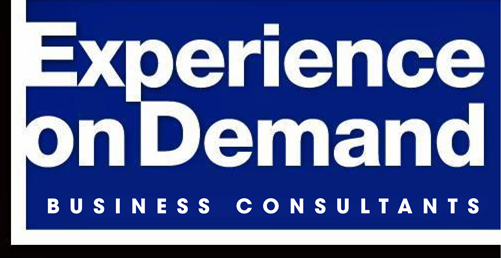By, Pat Murphy – Partner
Develop a Warehouse Design that Supports Your Business Objectives

“No. I don’t think the Empire had Wookies in mind when they designed it, Chewie.”
Han Solo to Chewbacca, regarding the Imperial Shuttle they are flying in.
Last month’s article on warehousing, Part 1: Develop a Sound Warehouse and Distribution Strategy, highlighted the importance of developing a warehousing strategy that supports your company’s business plan. This should be done first, so that the warehouse design and processes enable you to deliver your products accurately, on time, and at the lowest cost to keep your customers satisfied. This month, we discuss in more detail the steps required to develop a warehouse design and warehousing processes that support these objectives.
DEVELOP THE RIGHT DESIGN
In the pursuit of profitability, whether in warehousing, manufacturing, or the entire supply chain, it is important that the design of facilities, processes and, in fact, the supply chain network, be optimized to support the objectives of the business. A warehouse design assessment could include any or all of the following:
- Size, shape and location of the building, lot, access patterns, and any outside storage or process areas
- Layout of process areas including docks, receiving, staging, reserve and pick area storage for various product classifications, packing and shipping, returns processing and office space
- Storage equipment utilized for each product type: by size, shape, weight, activity level, security requirements, hazardous materials requirements, and item activity level or velocity
- Material handling equipment utilized: by process area and product type
- Building, utilities and infrastructure design to support an efficient and environmentally-friendly operation
A good warehouse design will be dictated by many things, including:
- The number and activity level of all SKU’s, including peak and seasonal demands
- The handling and storage requirements of all SKU’s
- Supplier and customer requirements impacting receiving, storage, packing and shipping
- Accessibility and space requirements for inbound and outbound vehicles
- Local costs for land, building, utilities, taxes, labor and equipment
- Local regulations that may apply to the overall design and operation
Developing a design that will support the above requirements and provide for an efficient operation typically involves numerous tasks (depending on the size and complexity of the warehouse). As a warehouse is a data-driven operation, so is the intelligent design of a warehouse. Unfortunately, these tasks are often either skipped over or not completed to the degree necessary to enable good design development. But the payoff is great, and not doing the work up front could significantly limit warehouse performance in the end. The best design opportunity will result from performing the following steps:
- Develop profiles of warehouse activity: item activity, customer orders, purchase orders, inventory requirements, handling units, and activity relationships.
- Develop metrics and goals for financial, quality, productivity and cycle time performance. Establish baseline data for economic justification of warehouse improvements.
- Determine the optimal storage and handling equipment and processes for each SKU or product type.
- Using the activity and inventory profiles, develop high level space requirements and storage and handling equipment requirements.
- Develop alternative layouts, warehousing processes and workflows with the goal of achieving or exceeding established financial, quality, productivity and cycle time performance goals. These will consider all activity, space and handling requirements, as well as automation and systems improvement/integration opportunities.
- Develop economic justification for the best warehouse design investment.
Performing these vital steps up front before any design or design changes are put on paper will offer the greatest opportunity for profitability improvement.
Key question: Does the design of your warehouse and processes, including the building and lot, storage equipment, layout of storage, receiving, staging, packing and shipping areas, and the equipment and technology utilized allow you to effectively and efficiently execute your warehouse and distribution strategy?
Next month’s article will address the third step to improve warehouse profitability: using Lean methods to reduce waste, improve quality, and delight customers.
